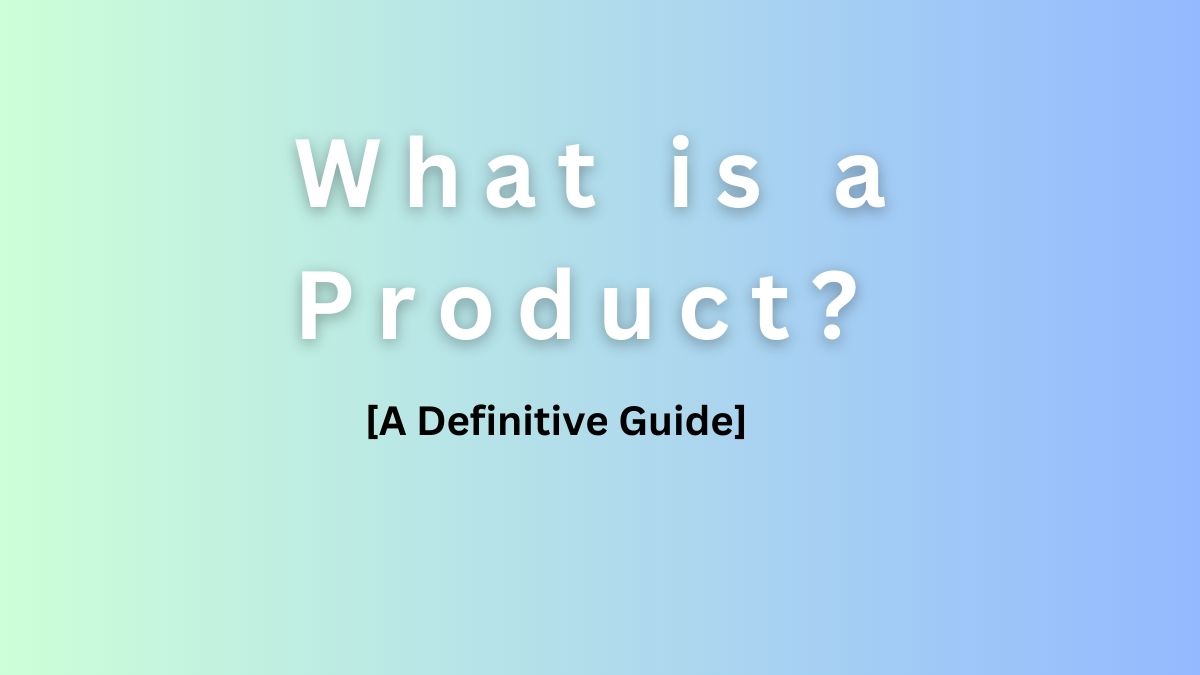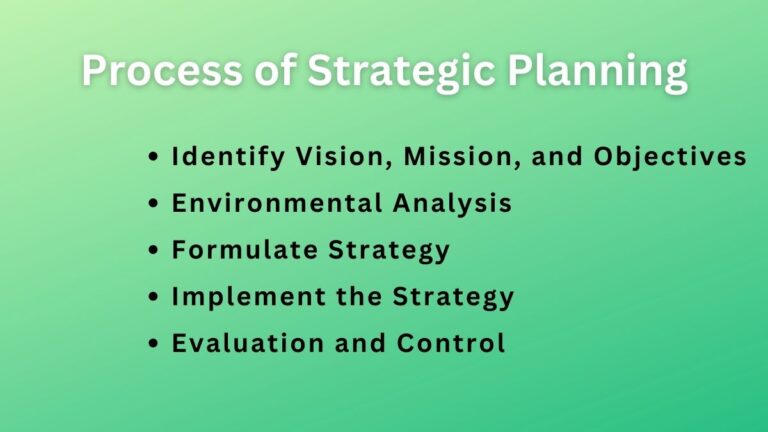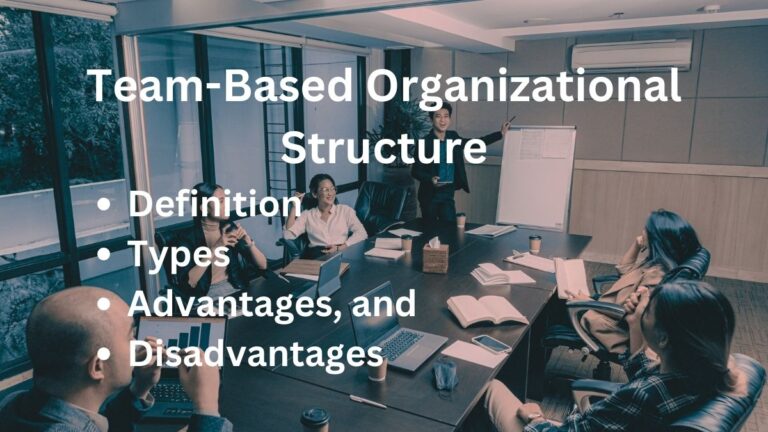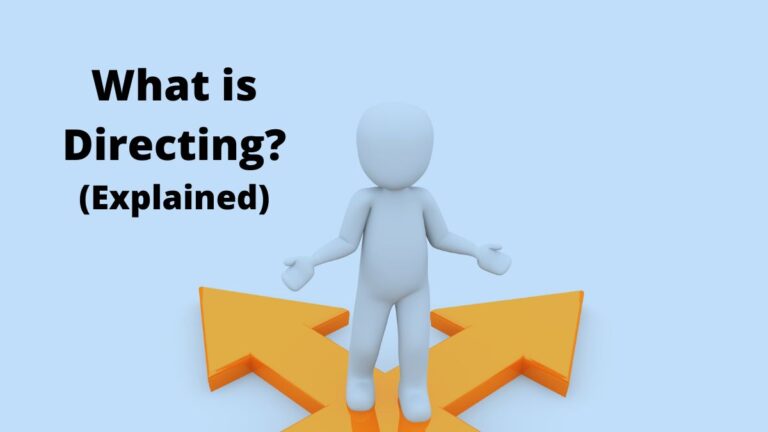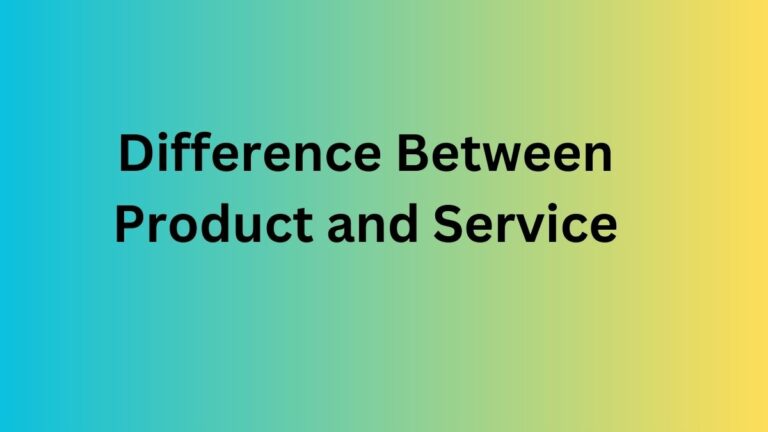What is a Product? Definition, Characteristics, Types, Levels, and Importance
What is a Product?
A product is any item that can be offered to people and has the ability to satisfy consumers’ needs and wants. It can be in tangible form as well as intangible form.
Simply, a product means what we use or consume to satisfy our needs and wants. That can be food, water, TV, or any item. Usually, products are produced through some process – take the example of TV, toothpaste, biscuit, etc. As such, every product is made at some cost and each is sold charging some price.
Traditionally, it is believed that a product is one that has a physical look or that can be touched. But the modern concept of marketing explains that a product can be a tangible item, an idea, a service, a place, an organization, and even a people.
The one thing every product needs to have is quality to satisfy users’ needs. It can be done by a physical item, an idea, a service, a firm, or even a person. Products consist of many attributes like quality, features, design, price, and so on.
The product is the first component of the marketing mix. The other components include price, place, and promotion. It is considered the heart of the marketing mix. It is the primary thing while designing marketing plans and strategies.
Characteristics of a Product
A product either tangible or intangible has the following common characteristics.
- Name
- Color
- Design
- Price
- Quality
- Guarantee or warranty
- Manufacturer name
- Taste
- Weight
- Feeling
- Size, and so on.
Examples of Products
Philip Kotler has defined it as – A product is anything that can be offered to a market for attention, acquisition, use, or consumption, it includes physical objects, services, personalities, places, organizations, and ideas.
We all have been using different types of products in our daily life. There is no need to put product examples, as we all know what it is, however, let’s put some.
- Mobile
- Car
- Camera
- Foods
- Water
- Clothes
- Airplane
- Computer
- Coffee
- Books
- Flowers
- Magazines
- Television
- Consulting
- Salt
- Oil
- Toys
- Bike
- Bicycle, and goes on.
Levels of Product
In marketing, there are basically three levels of product. As a marketer, you should understand each of them which will be helpful for you in designing the right products.
Core Product
The first level of the product is the core product. This does not consist of the physical thing but the quality the product aims to provide its users. It talks about the main benefit of products. Its primary focus is the consumer’s needs and wants.
Let’s take the example of a toothbrush, its core benefit is to clean teeth, not the colors and handles it provides.
Actual Product
Consumers use the actual products. Once you decide what core benefits your product will provide the next task you should do is to turn your benefits into the actual products so that consumers can use them.
It is about adding attributes like packaging, design, brand name, etc. through which the product is made as a tangible item that can be easily recognized, purchased, and used.
For example, the toothbrush is the actual product.
Augmented Product
Here, augmented means adding additional features to the actual products. Augmented products are important to make products as per the needs and desires of consumers.
For example, when you purchase a car, you will be provided additional services like a warranty, guarantee, discount, free petrol, after-sales services, etc. All these additional services are augmented products.
Levels of Product by Philip Kotler
A marketing guru, Philip Kotler further modified the levels of products, and he added two additional levels to the traditional levels. So, now according to Kotler, the total levels of products are five. They are:
- Core Benefit/Product – It is the same as we explained the core product.
- Generic or Basic Product – It is the same as we explained the actual product.
- Expected Product – These are the features consumers expect to have on specific products.
- Augmented Product – It is the same augmented product we explained above.
- Potential Product – These are extra features that could be added to the product in order to satisfy consumer wants but have not yet been created.
Importance of Product
The following are the main importance of products to any businesses and consumers.
Main Marketing Factor
Product is the main marketing factor for any company. In any kind of business, the product is the center of all marketing efforts. The products are what companies offer to the market, if they have no products there is no meaning in their existence.
Means of Customer Satisfaction
Product is the means of customer satisfaction. Product is what consumers or any business buyers satisfy their needs and wants. Let’s say food is what fulfills our hunger needs.
Heart of Marketing Mix
Product is considered the heart of the marketing mix. Without the product, the other components of the marketing mix will be of no use. Because of the products, other parts’ pricing, promotion, and distribution are initiated.
Related: The 4 Cs of Marketing
Source of Profits
The product is also the main source of profits for all businesses. Products are what companies sell and generate profits.
Types of Products
All products available in the market can be classified into two main categories – consumer products and industrial products.
Consumer Products
Consumer products are those consumers purchase to fulfill their needs and want. Consumers purchase such products either for personal use or family consumption.
There are further four types of consumer products, they are.
- Convenience Products – These products are frequently purchased by consumers. Such products include daily necessary products. For example, rice, vegetables, salt, ice cream, medicines, etc.
- Shopping Products – These products are less frequently purchased and while buying these products consumers usually seek to compare the price, quality, design, etc. of products. Example – buying clothes, airline tickets, etc.
- Speciality Products – Specialty or niche goods have characteristics that appeal to a certain consumer. To reach the correct customers, this kind of product needs more specialized marketing.
- Unsought Products – These include products consumers rarely buy or are usually unaware of the product’s existence.
Industrial Products
Products classified as industrial are those that are bought for further processing in a manufacturing or commercial process. The intended use of a product determines its primary distinction between consumer and industrial goods.
A consumer product would be, for instance, furniture purchased for personal use. But if he buys the same thing for his firm, then it counts as a business purchase.
The major types or examples of industrial products include raw materials, capital products, essential equipment, accessory products, component materials, services, and suppliers.
Product Life Cycle (PLC)
Product life cycle (PLC) refers to the length of time a product lives in the market. PLC stresses the six stages that all products follow in sequence.
The stages include development, introduction, growth, maturity, saturation, and decline. PLC explains how products get introduced in the market and how they ultimately become obsolete.
It explains, that as people have a life, the products also have a life. PLC is helpful in understanding the various stages of products and helps to apply the relevant marketing efforts to maintain the position of the products in the markets.
Let’s understand each of the PLC’s stages.
Development
This is the prior stage before the introduction of the product in the market. Companies at this stage spend a huge amount of money on research and market analysis.
They try to gather as many new product ideas as possible evaluate these ideas and select the most feasible one. This stage of the product life cycle is also called new product development.
And, development stage of PLC ends when the product is ready for commercialization.
Introduction Stage
The introduction is the stage where the product is commercialized. This is where the product is introduced to the market.
At this time, the product is new to the market, most people do not know about the product, the sales are almost low and demand slowly increasing.
Companies should invest in advertising and marketing the products and opt for an informative marketing strategy instead of a persuasive one.
Growth Stage
This is where the demand for products demand and sales go on increasing as companies’ profits also. Products get a good position in the marketplace.
As such, seeing the opportunity competitors also want to enter the market. At this stage, the competition begins to increase.
Companies have to market their products persuasively so that they get attracted by competitors’ offerings.
Maturity Stage
At this stage, there is perfect competition in the market. Sales and profits of the companies are at the top. Customers are flooded by various types of products as such they can easily choose the products most convenient to them.
Customers at this stage demand unique products. Companies here should give focus on product differentiation. The marketing mix components, product, price, place, and promotion are at their highest peak.
Saturation Stage
At this stage, companies’ product sales and profits neither increase nor decrease. At this time, there is not only perfect competition but there exists cutthroat competition.
Companies must differentiate their products otherwise they will see a decline in their market performance. Offer differentiation, innovation, and uniqueness in offerings, and companies must adopt the best product positioning strategy to survive in the market.
Decline Stage
At this stage, companies’ sales and profits go on decreasing. At this time, companies either improve the product introduce a new product leave the market, or go on searching for a new market.
At this stage, most products leave the market. This is where product life ends. However, companies must try their best to increase the demand for their products.
Read Next: Pricing Component of Marketing Mix
Sajan Kushmi is a content writer with more than 4 years of experience. He holds BIM Degree. He write on the topics related to Management, Marketing, and Entrepreneurship.
